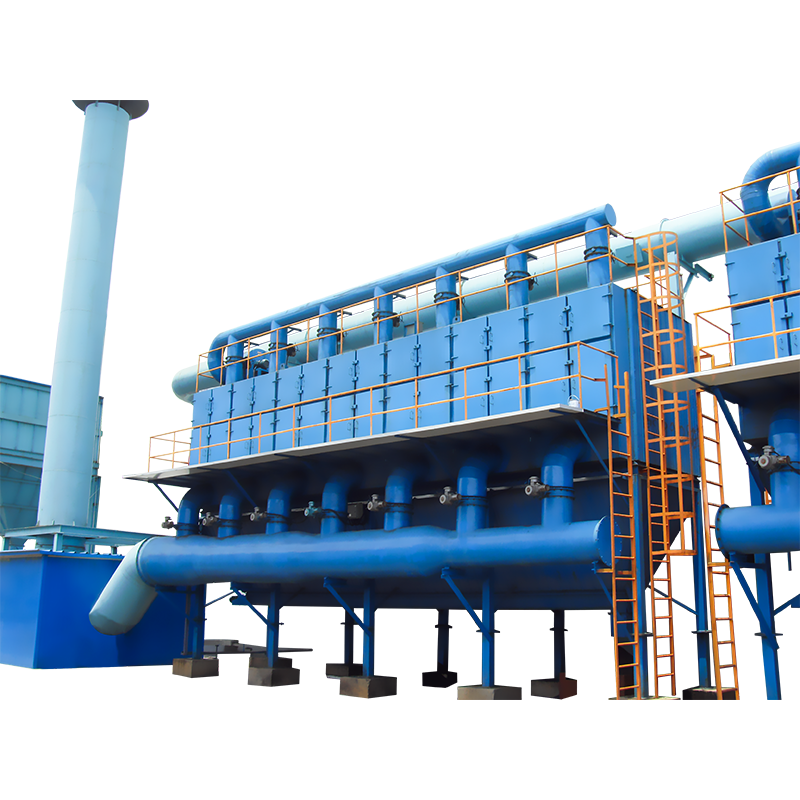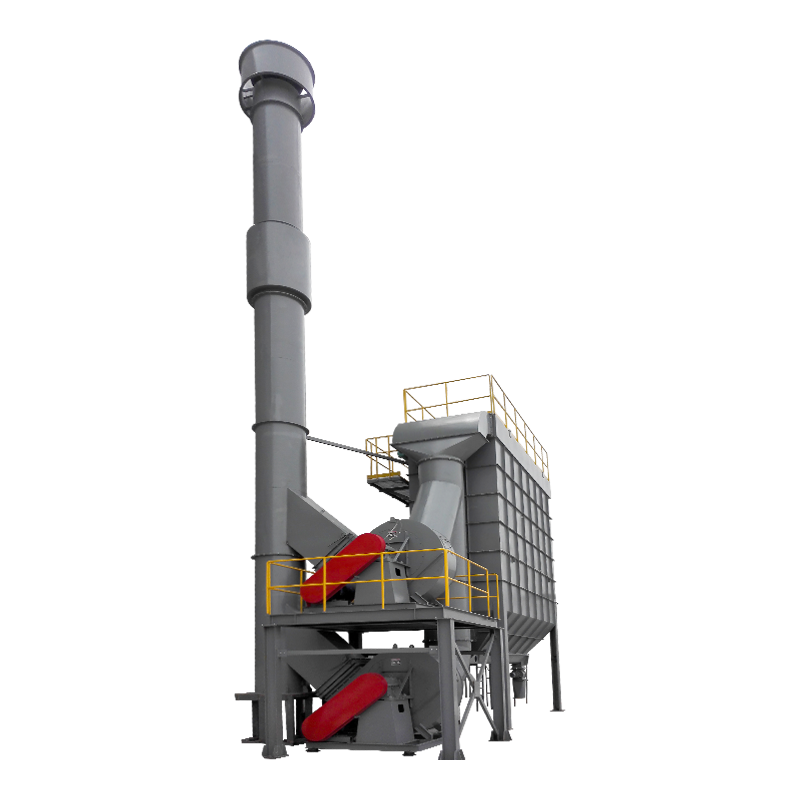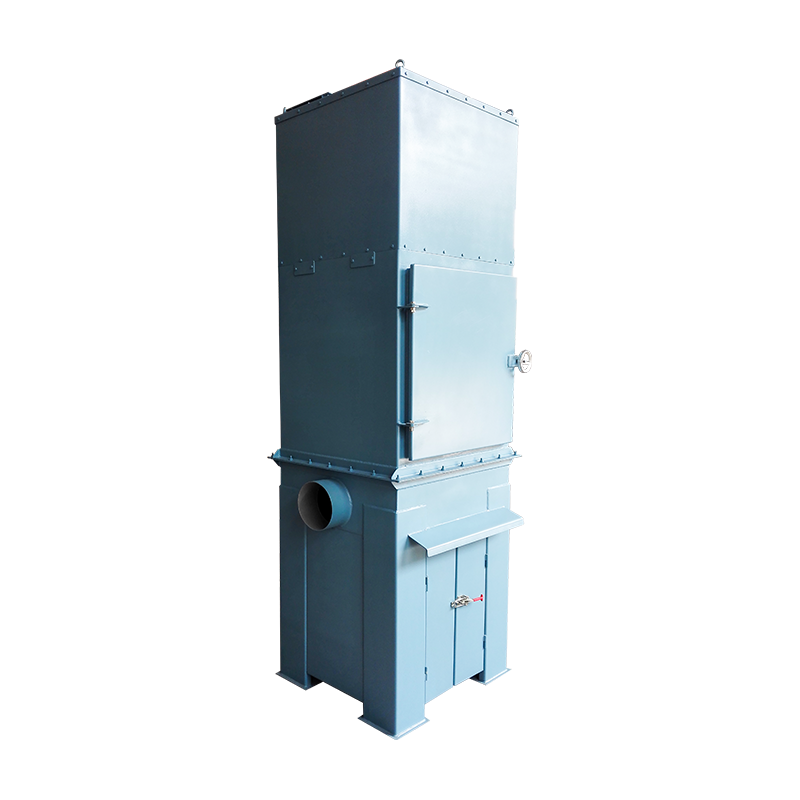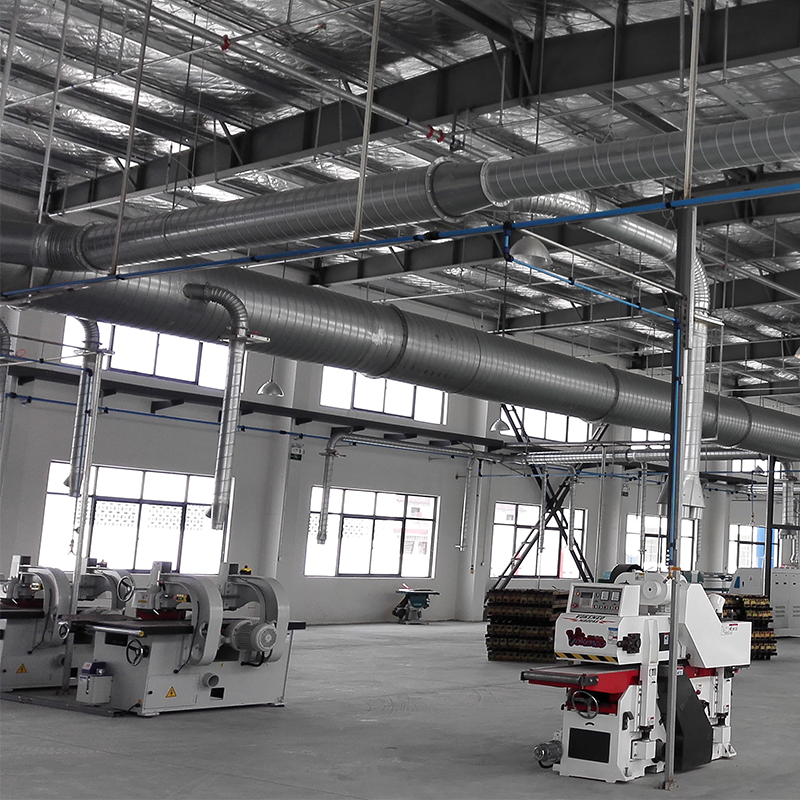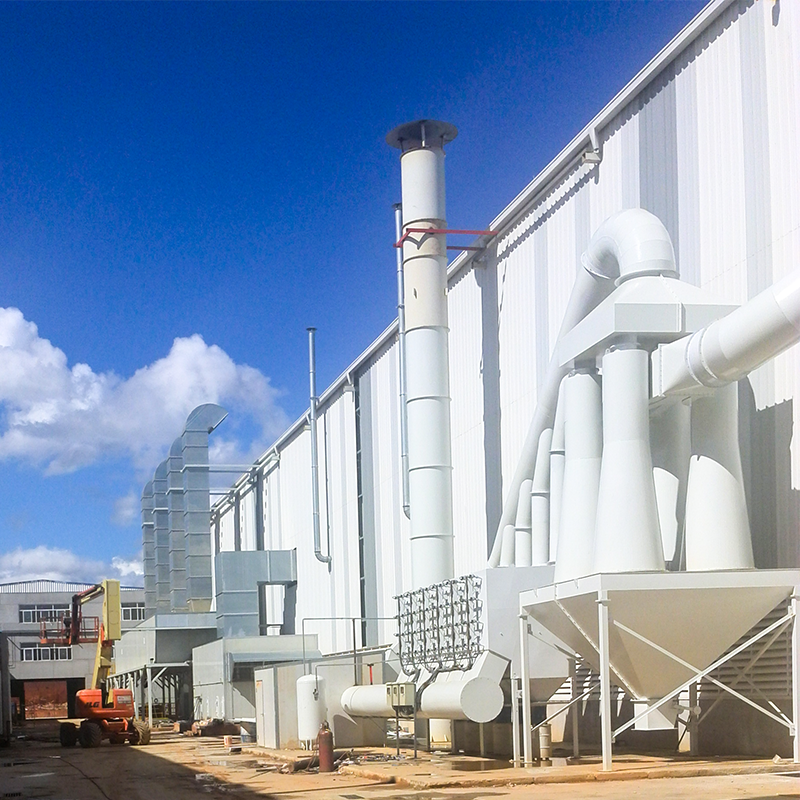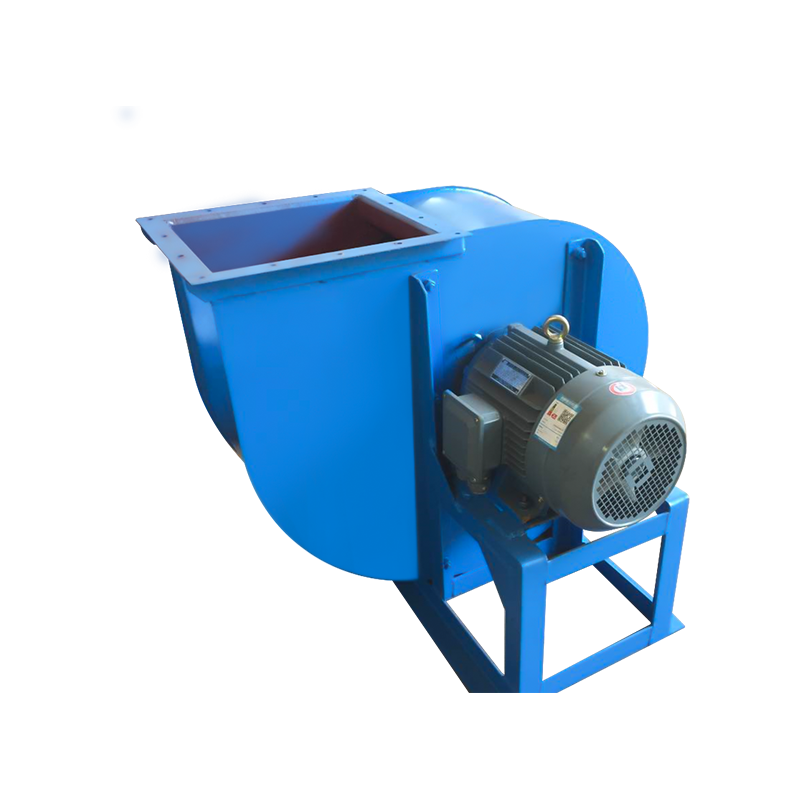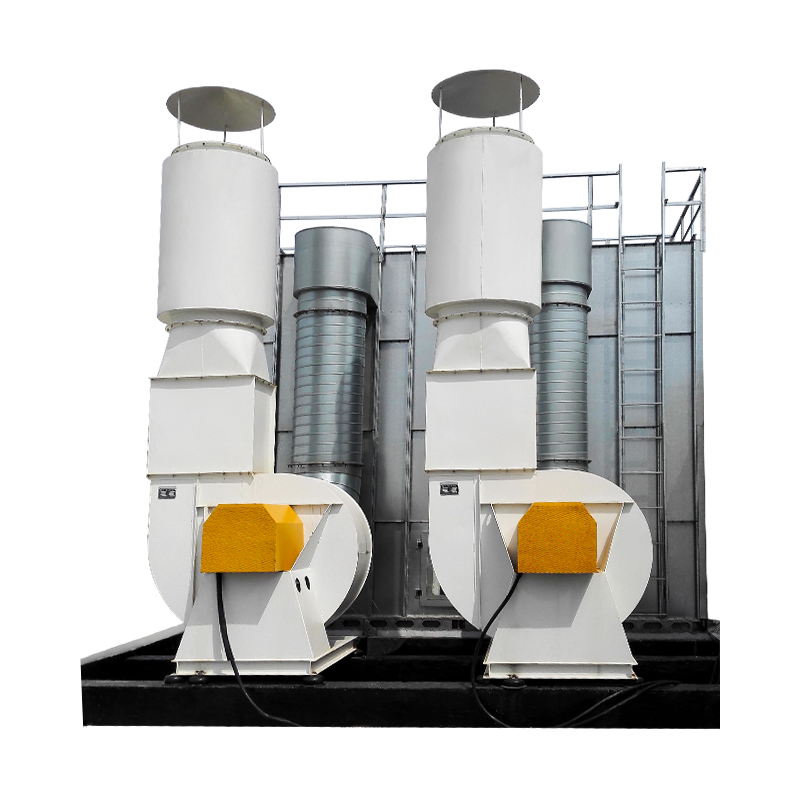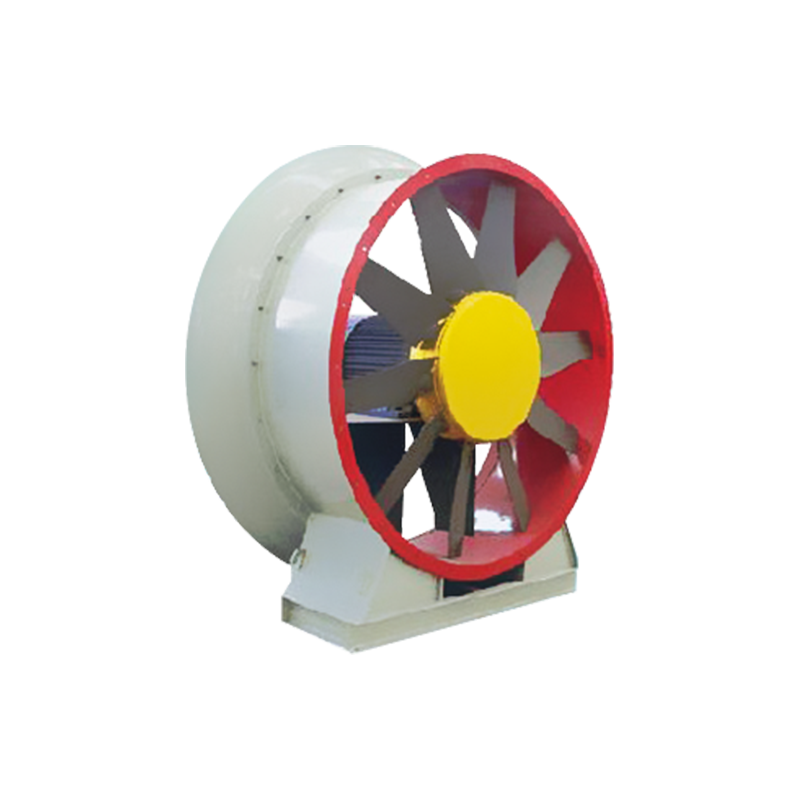Grinding mill dust problems and dust removal needs
In modern industrial production, grinding mills, as essential equipment for material pulverization, inevitably generate large amounts of dust during operation. This dust not only poses a threat to the workshop environment and the health of operators, but can also negatively impact the normal operation of the equipment. Dust particles suspended in the air, if not promptly and effectively treated, can lead to air pollution, increased equipment wear, and reduced production efficiency. Therefore, efficient control of grinding mill dust has become a critical issue that the industry urgently needs to address.
As a mature dust collection device, the Baghouse dust collector for grinding machines is widely used in grinding mill dust removal systems due to its high efficiency, stability, and sustainable operation. It maintains continuous and efficient dust removal in high-load production environments, providing a clean and safe working environment in production workshops.
Working Principle of a Baghouse dust collector for grinding machines
The core of a Baghouse dust collector for grinding machines is to filter dust particles from the air using bags. Dust enters the dust collector with the airflow and is trapped by the bags, while clean air is discharged through the bags. The dust cake formed on the bag surface further enhances filtration efficiency. When dust accumulates on the bag surface area to a certain level, the system uses backflushing, vibration, or compressed air pulses to remove dust from the bags and transfer it to the dust collection bin, ensuring continuous and efficient operation of the dust collector.

This efficient separation principle gives baghouse dust collectors advantages in grinding mill applications: they can handle high dust concentrations, adapt to high temperature and high humidity environments, have adjustable filtration accuracy, and are easy to maintain. For grinding mills, a properly designed baghouse dust collection system can significantly reduce dust emissions, extend equipment life, and improve the working environment for workers.
System Design and Optimization
The design of a baghouse dust collector for a grinding machine involves more than just selecting the appropriate filter media; it also involves the comprehensive optimization of air volume, air velocity, differential pressure control, and dust removal efficiency. Too little air volume can lead to dust accumulation and reduce dust collection efficiency; too much air volume can damage the filter bags and increase maintenance costs. Proper air velocity and airflow distribution ensure uniform dust settling and evenly distribute the force on the filter bags, thereby extending their service life.
Differential pressure monitoring and automatic cleaning control are key design features of modern bag filters. By monitoring system differential pressure changes in real time, the timing for bag cleaning can be determined, ensuring that the bag surface is always in optimal filtration condition. For mill applications, this intelligent control not only improves dust removal efficiency but also reduces energy consumption and maintenance costs.
Filter Media Selection and Performance Impact
Filter media is a key factor in the performance of mill bag filters. Common filter media include polyester, polytetrafluoroethylene (PTFE) coated cloth, and aramid fiber. Different filter media materials vary in temperature resistance, wear resistance, filtration accuracy, and cleaning performance.
In the high dust concentration environment of a mill, the wear resistance of the filter media directly determines the system's operating life. High-temperature-resistant materials are suitable for conditions where material friction generates significant heat, while coated materials can improve dust filtration accuracy and reduce fine dust emissions. Selecting the right filter media not only impacts dust removal efficiency but also the long-term economic viability of the equipment.
Installation and Operation Management
The installation location and ducting layout of the bag filter have a significant impact on the overall effectiveness of the mill dust removal system. The air inlet should be as close as possible to the dust source to shorten dust transport distances and reduce duct wear. The air outlet design must ensure smooth exhaust to avoid backflow and secondary dusting.

Regularly inspecting filter bag wear, cleaning device functionality, pressure differential fluctuations, and dust collection bin status are key measures to ensure efficient mill bag filter operation. Proper operation and management can extend filter bag life, maintain dust removal system stability, and effectively reduce maintenance costs.
Application Value and Industry Prospects
With increasing environmental and safety requirements in industrial production, mill bag filters have broad application prospects in various industries, including powder processing, ore grinding, and chemical raw material processing. They not only meet environmental emission standards but also achieve energy savings, reduced consumption, and efficient operation through optimized design and intelligent control.
In the future, with the development of materials science and automation technology, mill bag dust collectors will develop towards high wear resistance, intelligence and modularity, providing more efficient and sustainable solutions for dust control.

 English
English Español
Español عربى
عربى
